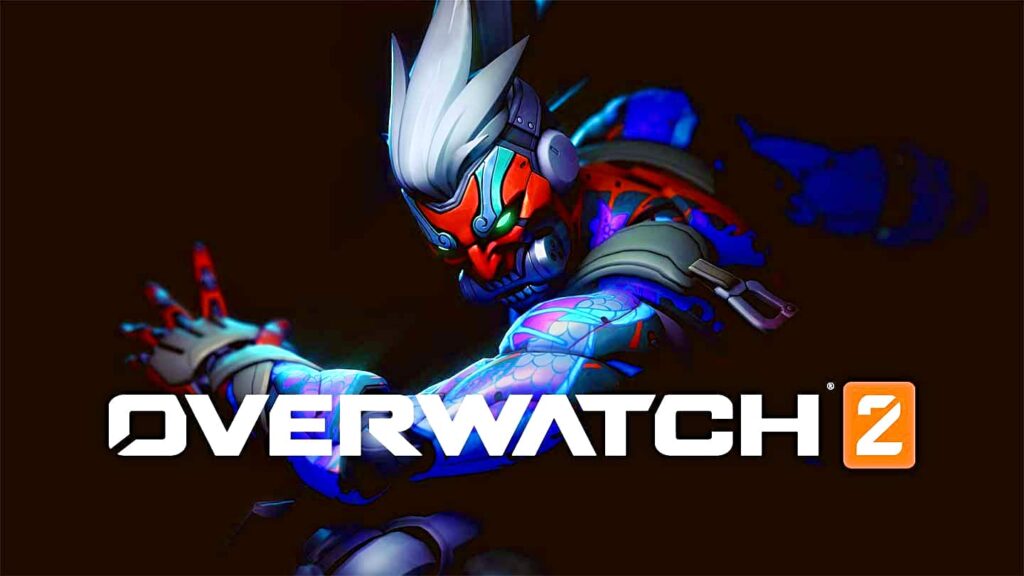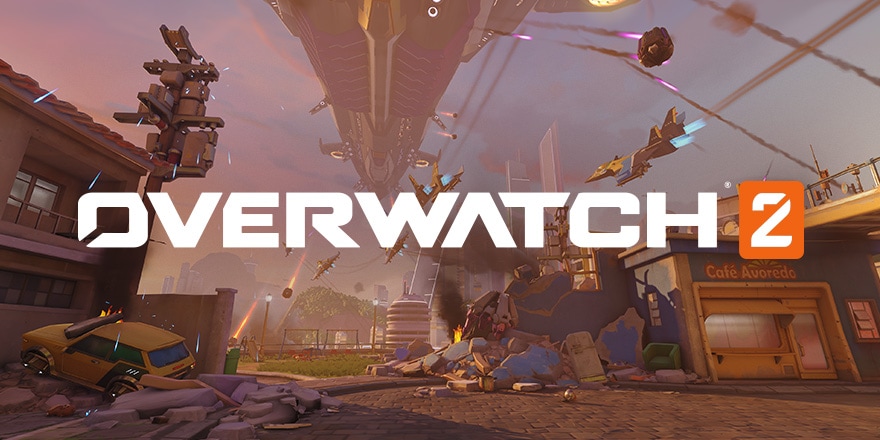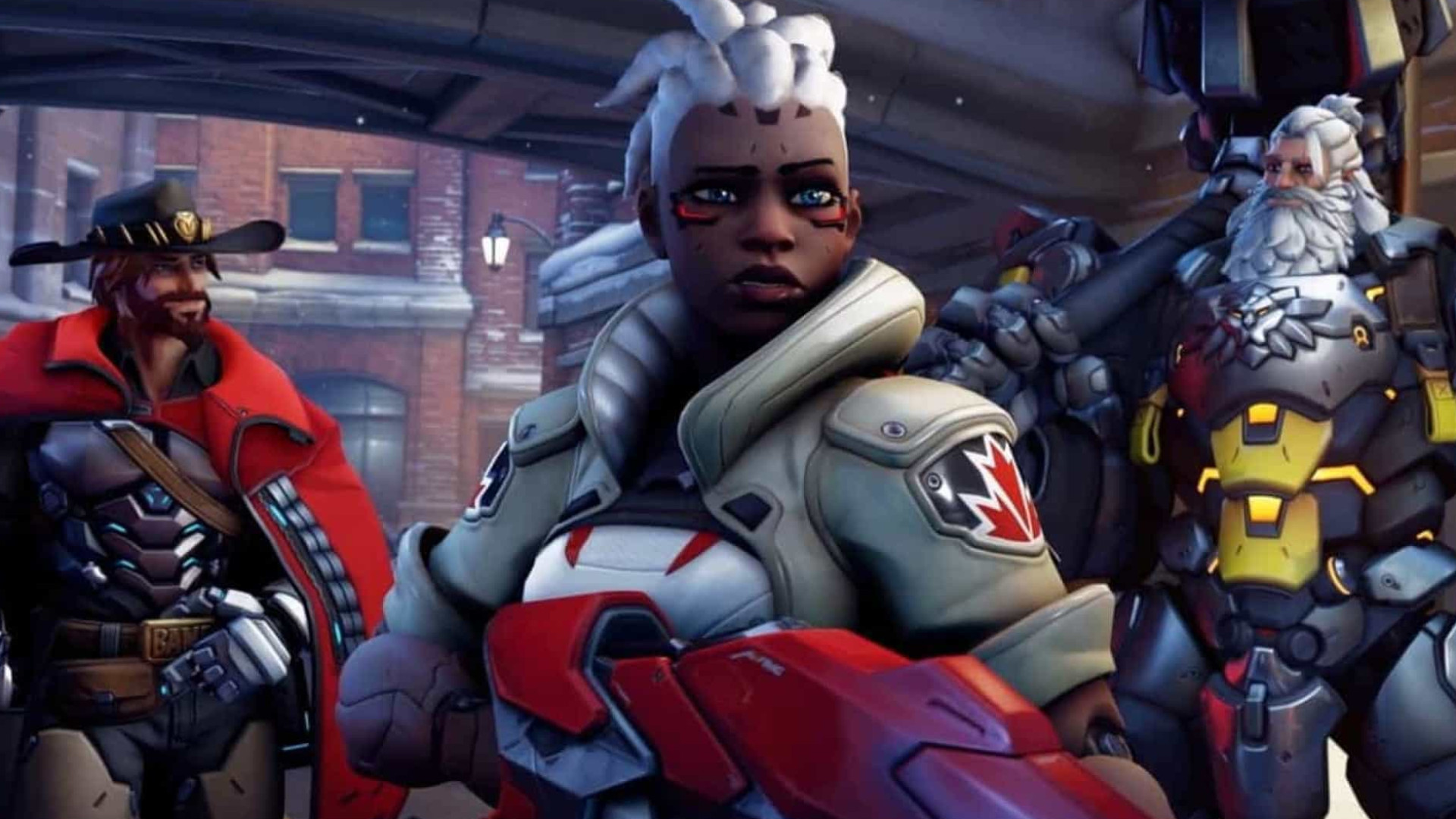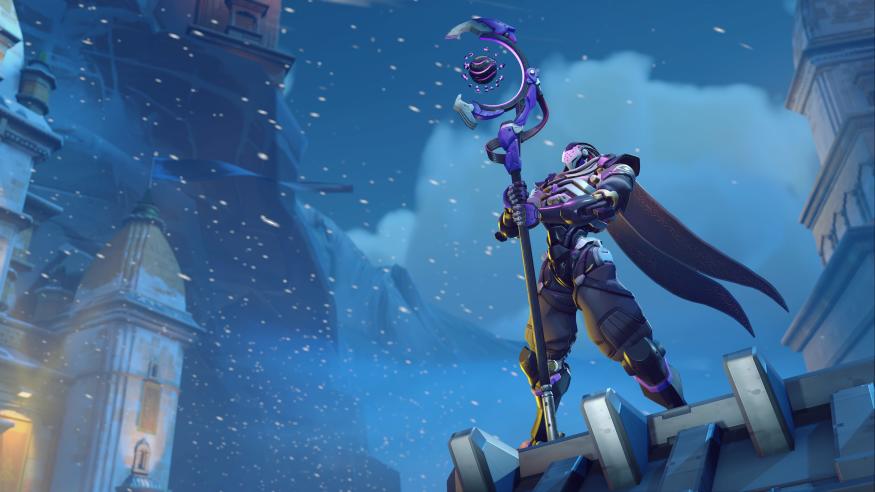Overwatch 2 Matchmaking, How it Works?

The information in this post has been updated for 2024.
let’s take a look at how the Overwatch 2 ranking system operates.
It’s no secret that players have been trying to discover strategies and ways to maximize their hero’s potential in Overwatch 2. After spending several seasons in the lower ranks and seeing some improvement, players are eager to uncover tips that will help them ascend to the higher tiers.

Ranking systems in other games can be extremely complicated and influenced by minor events during a round or match. However, in Overwatch 2, the system is more straightforward.
The ranking system in Overwatch 2 features two competitive game modes: “Role Queue” and “Open Queue.” In Open Queue, players allow the game to assign them a character class based on what the team needs.

To achieve a rank, players must complete 50 matches in quickplay. If they played the first Overwatch game, they can immediately jump in.
Overwatch 2 has multiple ranks, and players receive an individual rank for each class. This means they can be a gold-ranked damage hero and a bronze-ranked tank hero. There are five ranks in each tier, including Bronze, Silver, Gold, Platinum, Diamond, Master, and Grandmaster.
A player’s rank can improve, decrease, or remain the same based on winning or losing five or 15 matches. Winning multiple matches without losing increases the likelihood of ranking up twice. Conversely, losing more than winning could result in a two-tier derank.

Overwatch 2 employs MMR (matchmaking rank) to match players with suitable opponents. MMR evaluates a player’s skill level and assigns them a tier. This rank changes based on performance and wins.
The developers have not disclosed what factors affect MMR. However, it does fluctuate after losses, wins, or extended periods away from the game.

In competitive mode, Overwatch 2 uses only MMR to determine opponents, disregarding tier ranking. Consequently, players can face opponents from a lower rank. For example, a diamond-ranked player could play against a gold-ranked player. This trend continues throughout the game.
The aim is for each tank to face a tank of the same rank, and for teammates to play against counterparts in the same tier.